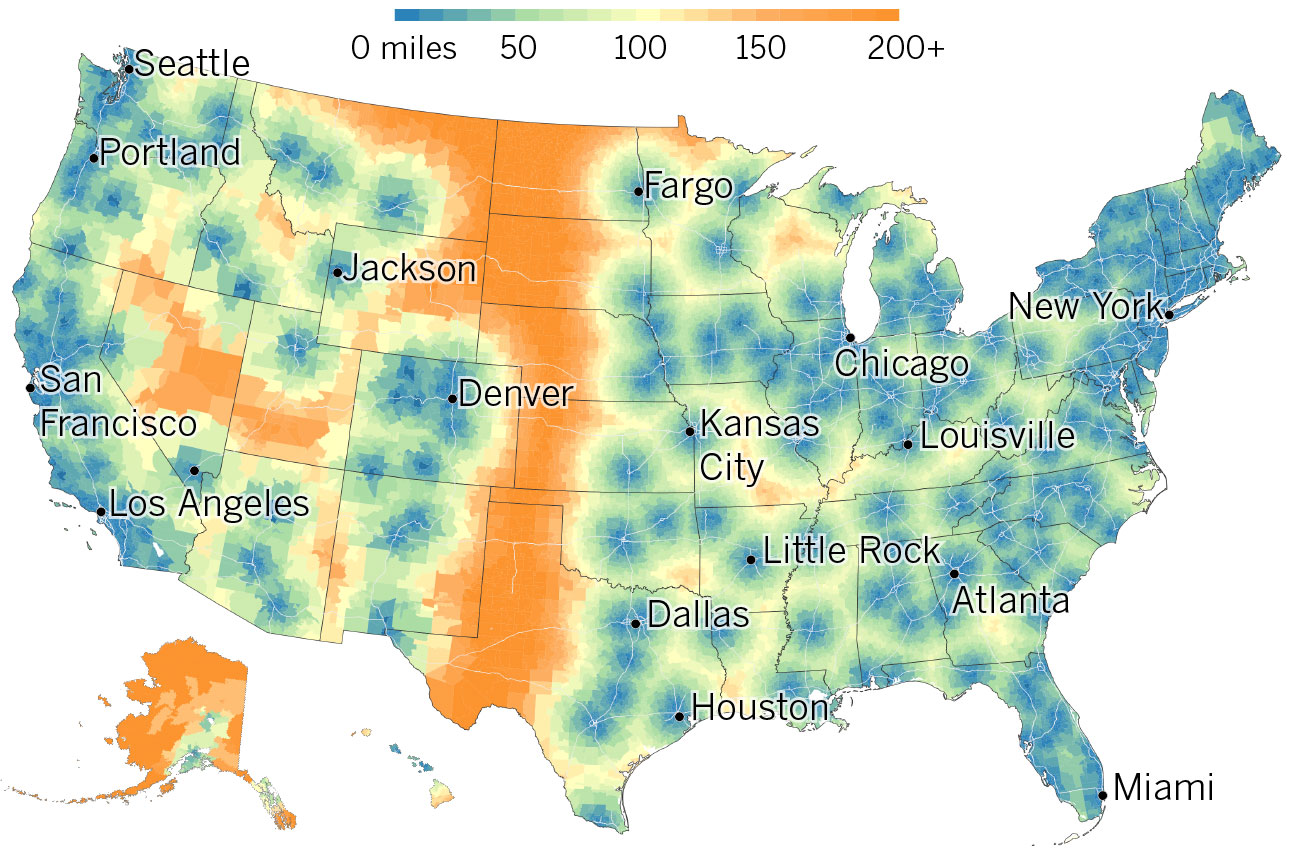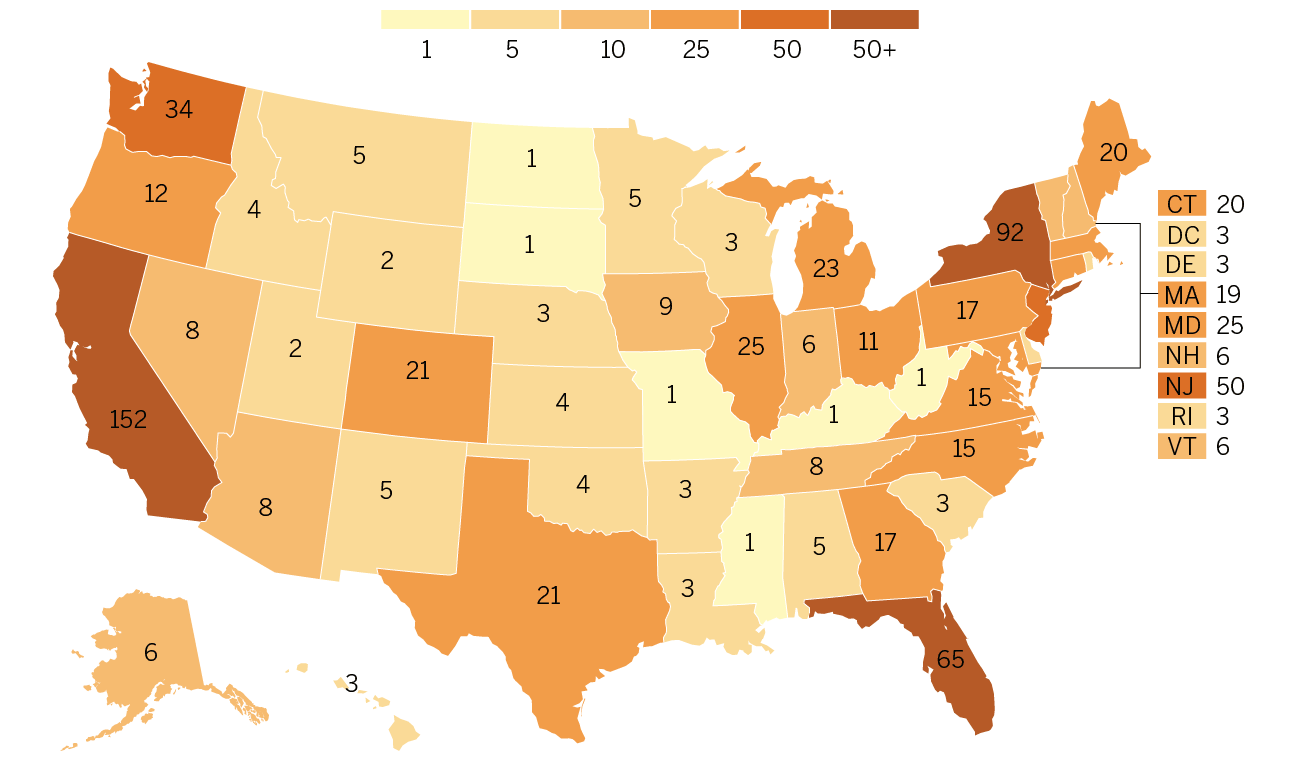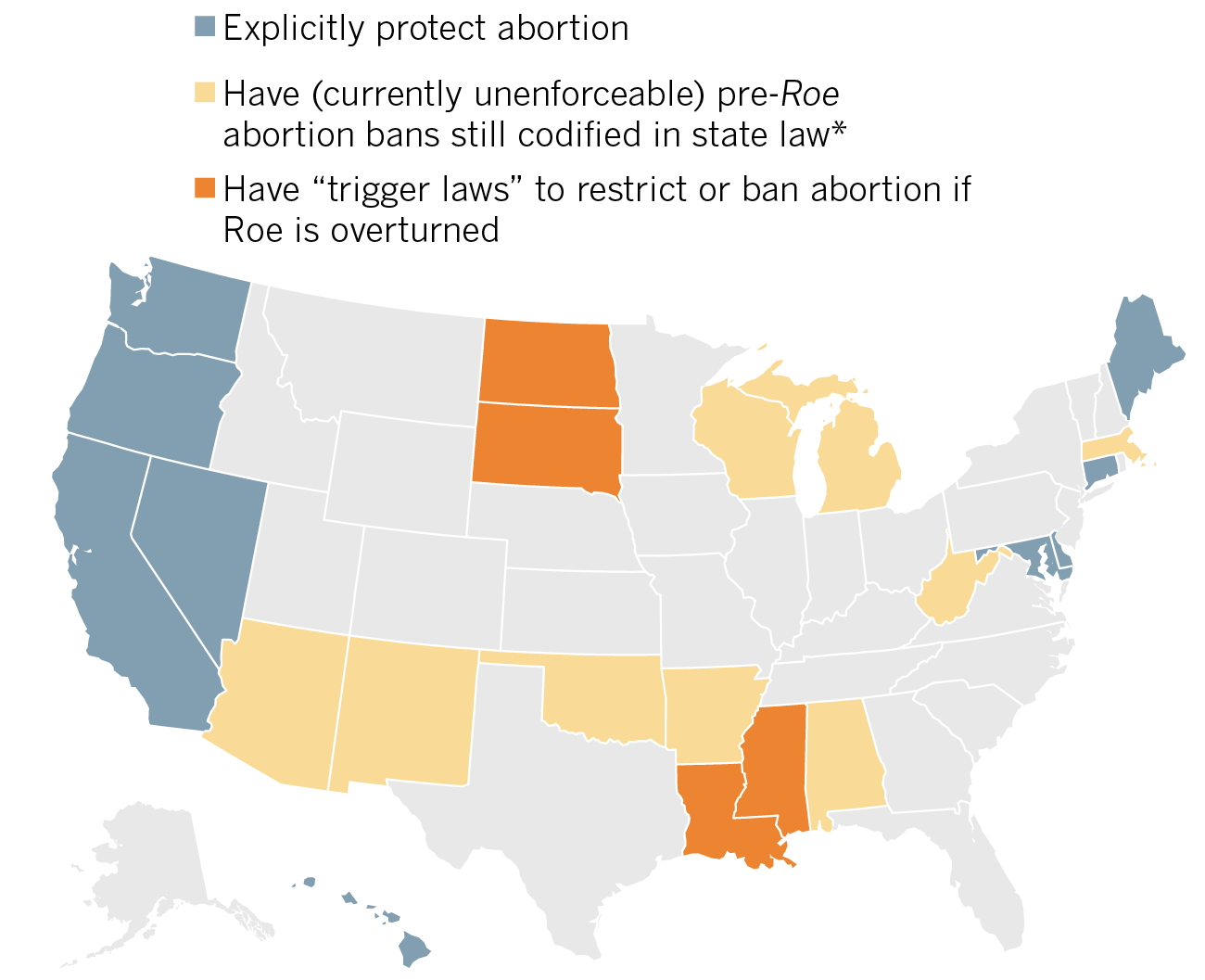For many women across the U.S., it’s already a post-Roe vs. Wade reality
Editor's note: Ahead of Brett Kavanaugh's Supreme Court confirmation, the Times examined the current state of abortion rights in the United States.
If the Senate confirms Brett Kavanaugh, President Trump’s Supreme Court nominee, the high court will have a consistently conservative majority. As a result, Roe vs. Wade, which legalized abortion nationwide, would be vulnerable. The most dramatic possibility would be that it is overturned outright. That would return the decision to the states about whether to ban or limit abortion.
Though Trump campaigned on a promise to appoint judges who would overturn Roe vs. Wade, a more likely scenario is that a conservative Supreme Court would approve restrictions that eliminate certain protections for abortion rights without making the practice illegal.
To understand what could happen, it’s crucial to look at the reality of abortion across the country today.
There are over 2,900 ZIP codes that are over 100 miles from a ZIP code with an abortion provider.
Average distance to an abortion provider by ZIP code (2017)
“Currently the promise of Roe vs. Wade is in many ways an empty one for so many people across the country,” said Megan Donovan of the Guttmacher Institute, a nonprofit that focuses on abortion rights and women’s health.
Unlike other social issues, like gay marriage or marijuana legalization, views on abortion have remained relatively stagnant over the past several years. According to a survey by Pew, support for legal abortions remains the same as it did in the 90s, while support for gay marriage has risen sharply.
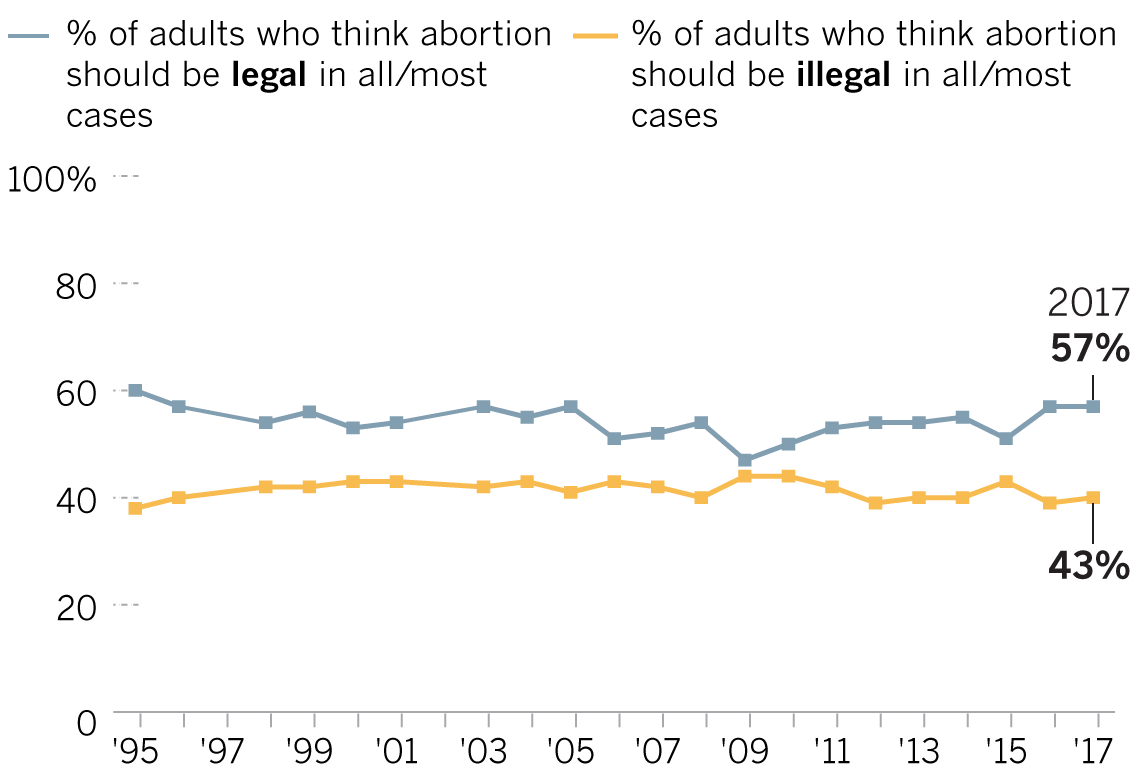
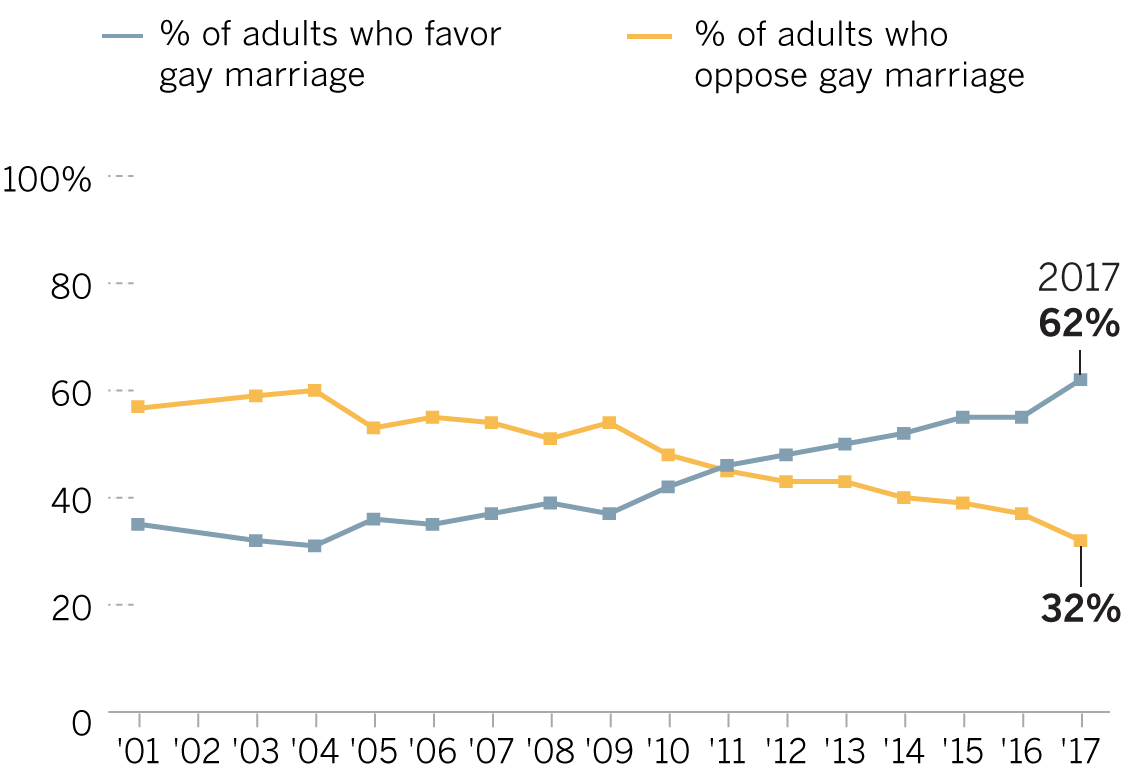
Though abortion, at least during the first two trimesters of a pregnancy, is legal in every state since Roe vs. Wade was instituted 45 years ago, the law has not guaranteed easy access. How easily a woman can obtain an abortion depends on where she lives.
Ninety percent of all U.S. counties lack an abortion clinic. That affects 39% of women from ages 15 to 44. One in five women would need to travel at least 43 miles to reach a clinic. Six states have just one abortion provider. One of those states – Kentucky – could be the first to have no provider after the state challenged the legality of the last clinic in 2017.
These realities mostly affect low-income women who can’t easily take time off from work to travel to far-flung clinics.
“The burden of travel is not just distance and time. It’s also money and time off of work and child care,” Donovan said.
Abortion facilities per state
More than 1,100 abortion restrictions have been enacted since Roe vs. Wade. According to the Guttmacher Institute, one-third of those restrictions were made between 2011 and 2017.
Several states have laws that would restrict abortion if Roe vs. Wade were overturned. Four of those states – North Dakota, South Dakota, Louisiana and Mississippi – have abortion bans that would be triggered if such an outcome occurred.
Existing state policies if Roe is overturned
Key abortion decisions since Roe vs. Wade
A handful of abortion rights cases have come before the Supreme Court since Roe vs. Wade. Most notably, in 1992’s Planned Parenthood vs. Casey – a decision written by retiring Supreme Court Justice Anthony M. Kennedy – the court reaffirmed Roe. The ruling struck down a Pennsylvania law that required a woman to get permission from her husband before obtaining an abortion.
1992: Planned Parenthood of Southeastern Pennsylvania vs. Casey → Court upholds the core of Roe vs. Wade ruling.
2000: Stenberg vs. Carhart → Court rules that Nebraska’s ban on a “partial-birth abortion” is unconstitutional.
2003: Congress passes Partial Birth Abortion Ban Act → President George W. Bush signs the act, which prohibits certain abortion procedures.
2007: Gonzalez v Carhart → Court upholds Partial Birth Abortion Ban Act in a 5-4 decision.
2016: Whole Woman's Health v. Hellerstedt → Court reaffirms its position that states cannot place an “undue burden” on a woman seeking an abortion.
Most recently, in 2016’s Whole Woman's Health vs. Hellerstedt – the court’s most significant ruling since Planned Parenthood vs. Casey – the court reaffirmed its position that states cannot place an “undue burden” on a woman seeking an abortion. The decision struck down restrictions in Texas that required clinics to meet the standards of a walk-in surgical hospital, and for all doctors performing abortions to have admitting privileges at nearby hospitals.
Living in a post-Roe reality
The country is far past the period of back-alley and coat-hanger abortions that took place in a pre-Roe world, Donovan said. If states started banning abortion, women would probably leave to get the care they wanted, or increasingly turn to self-managed abortion – which can now be done using medication.
Limits on abortion past a certain point in the pregnancy
Ban on partial-birth abortions
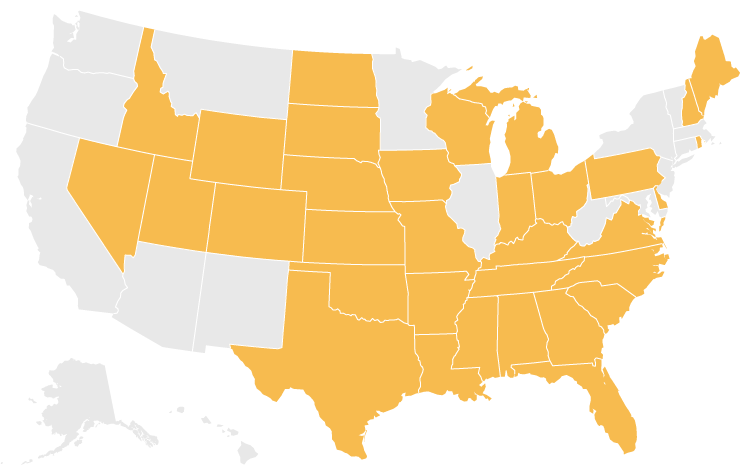
Limit on abortions if the fetus is viable
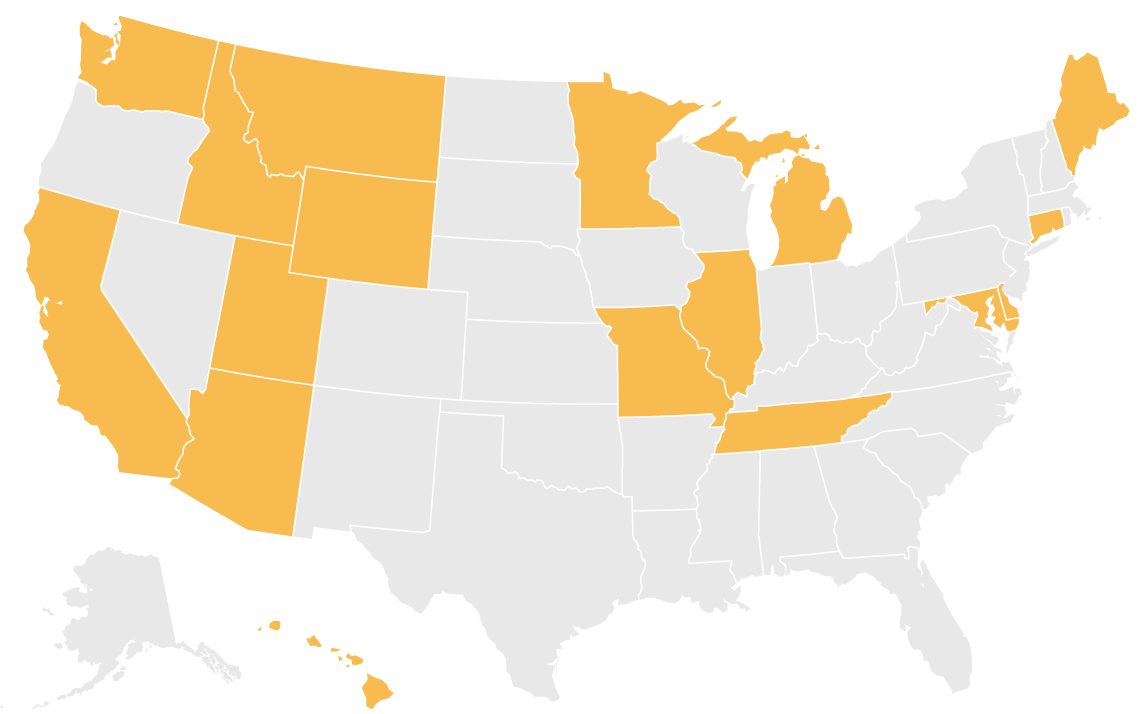
Limit on abortions past a certain point in the pregnancy
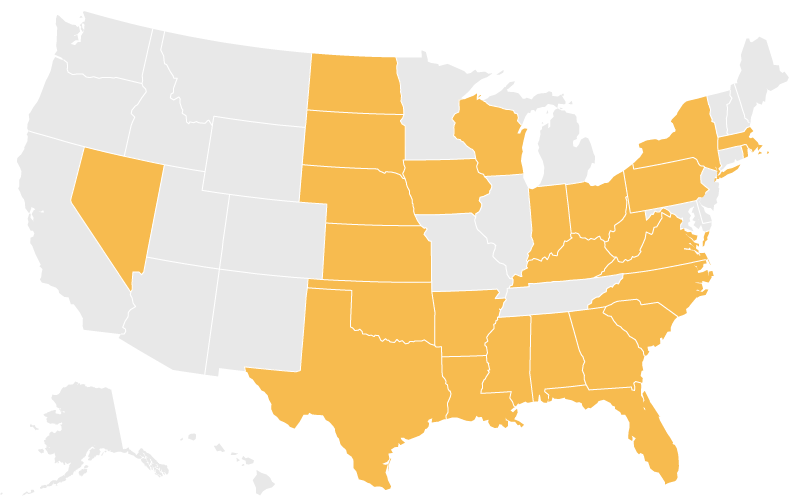
Paying for an abortion
Medicaid funding for abortion only in cases of life endangerment, rape and incest
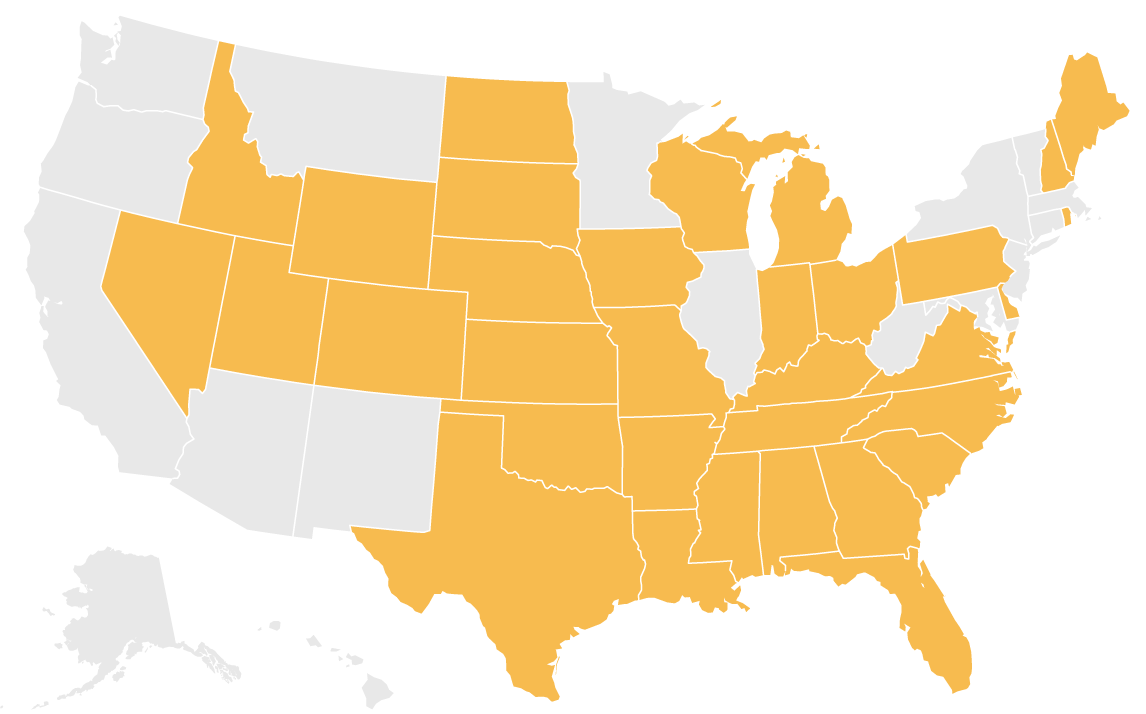
Restricted abortion coverage in all private insurance plans
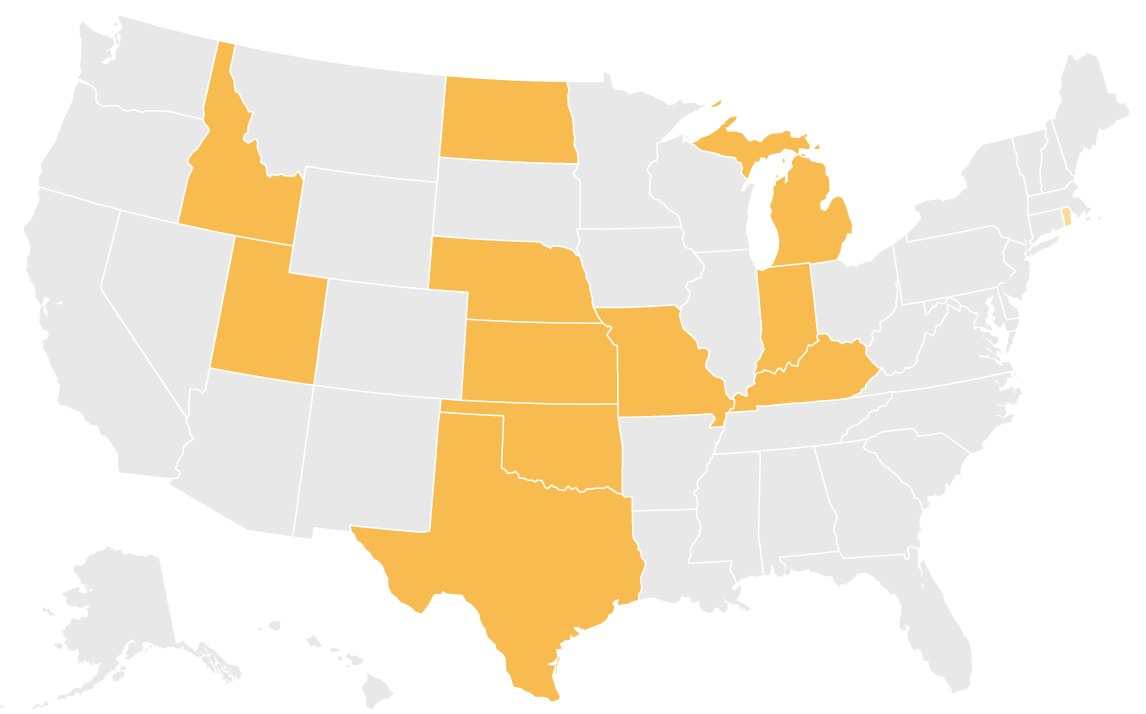
Restricted abortion coverage in insurance plans for public employees
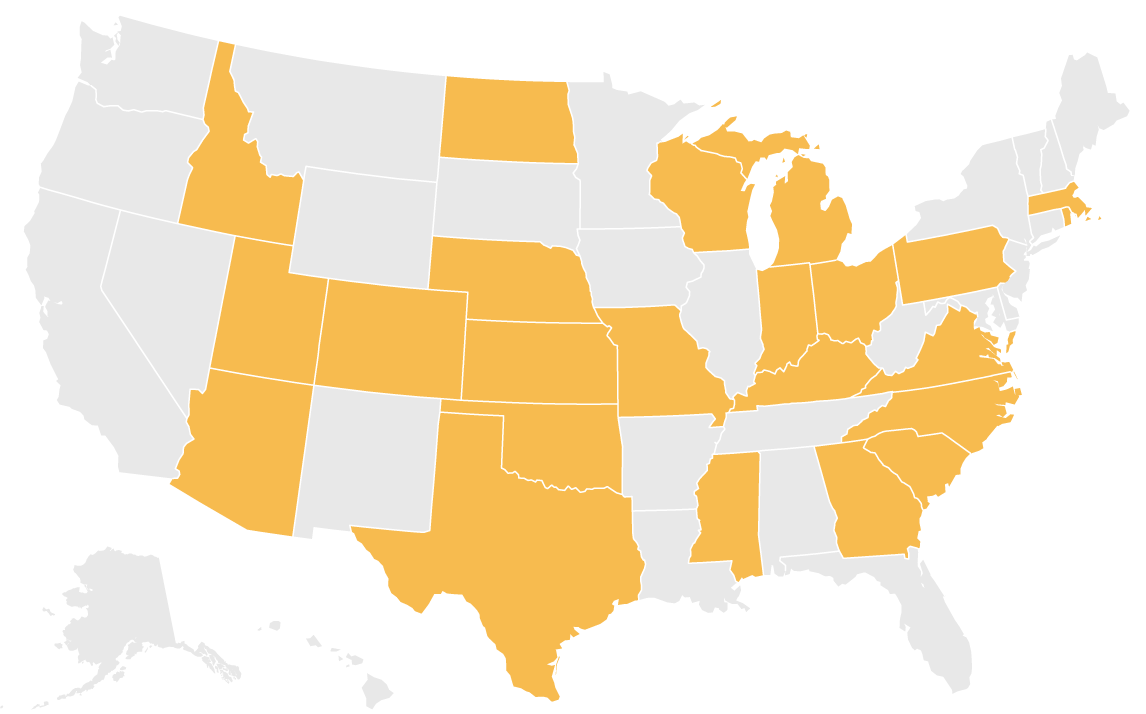
Other restrictions
Mandatory counseling
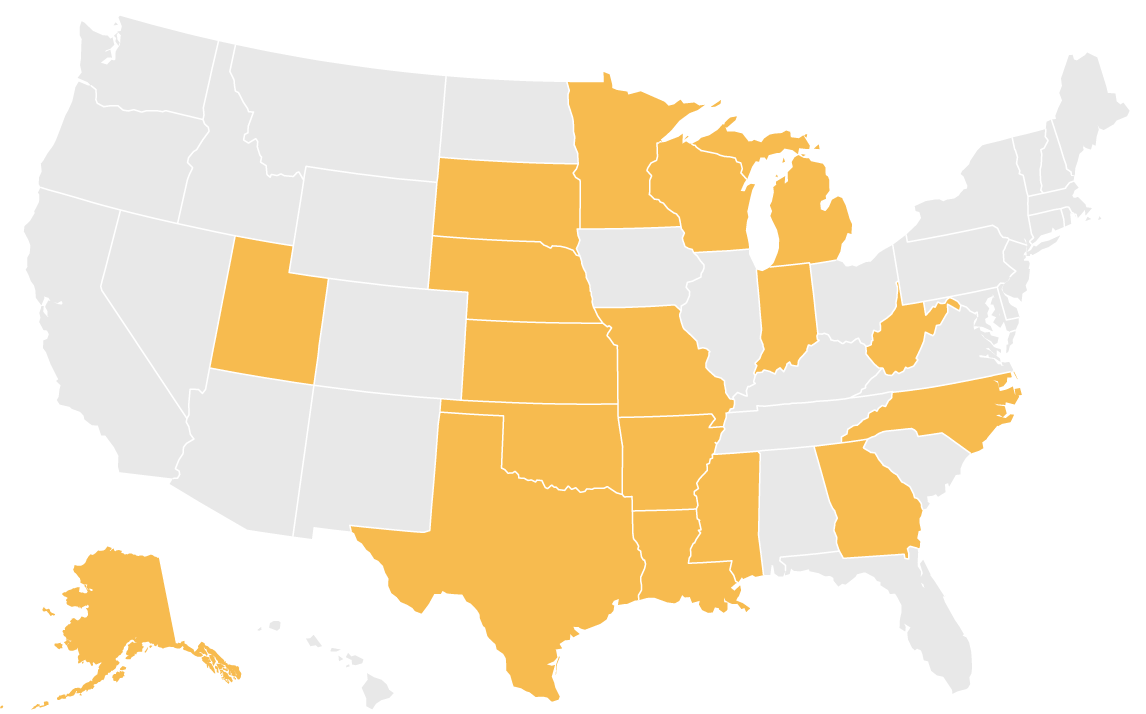
Waiting period after mandatory counseling
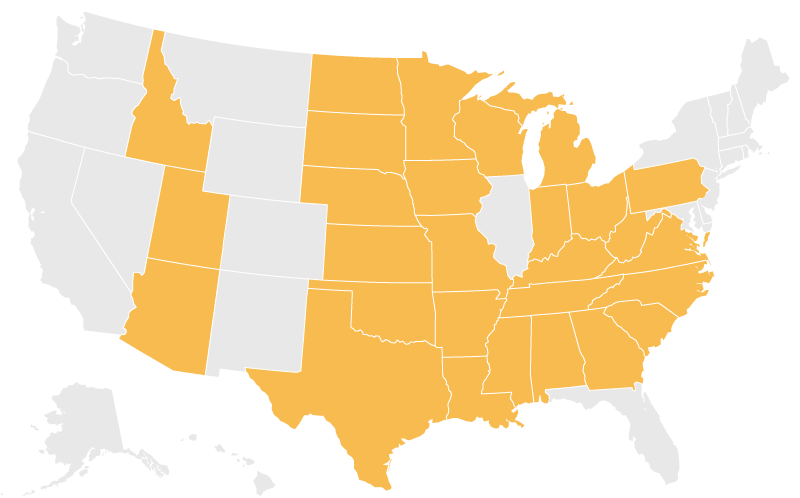
Parental consent required for minors

“We know that some people in the U.S. are already self-managing medication abortion.”
According to Donovan, there isn't widespread knowledge on those numbers, limiting understanding of the scope of needs.
Those most affected by any change to Roe would be those already hurt by present limitations.
Credits: Additional reporting by Thomas Suh Lauder. Thumbnail photo by Win McNamee/Getty Images
A previous version of this story misidentified the city of Roanoke, Virginia.

